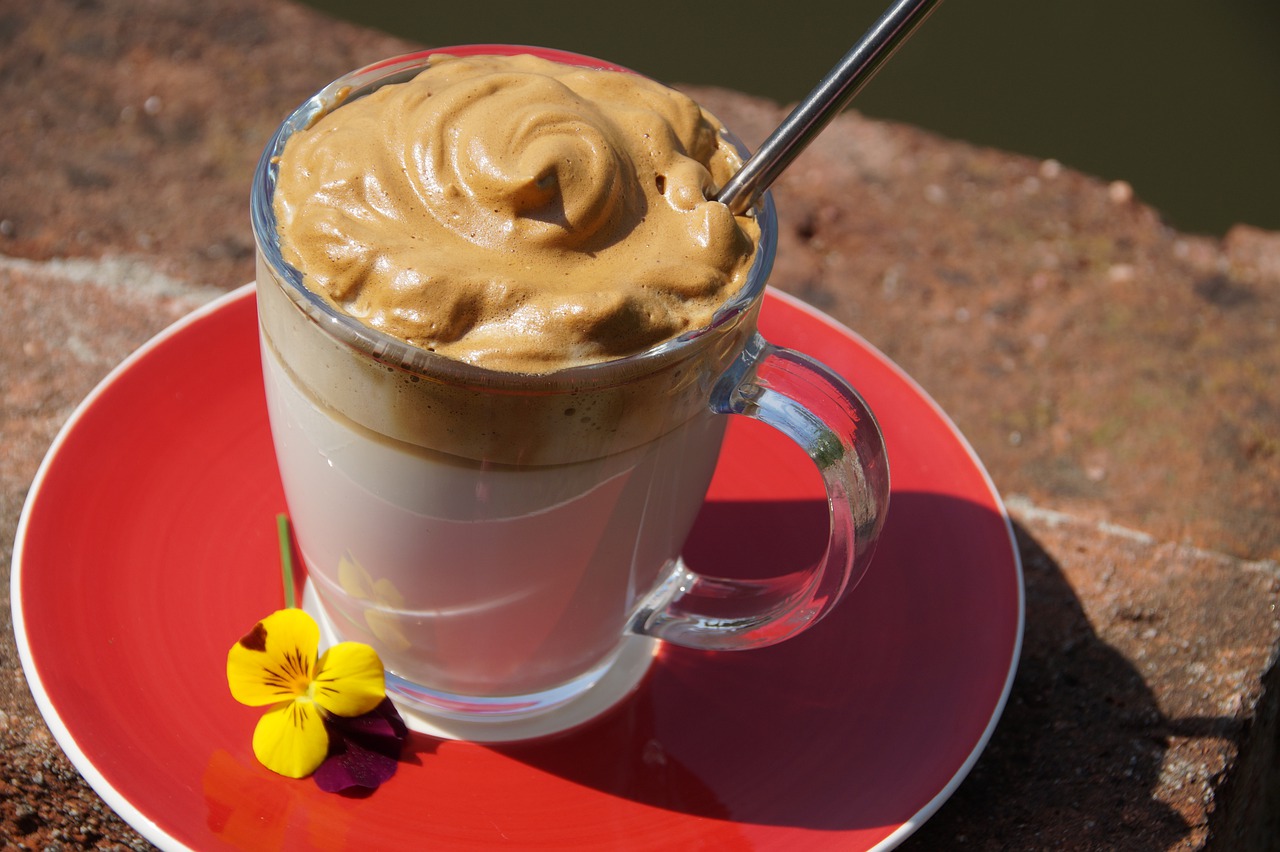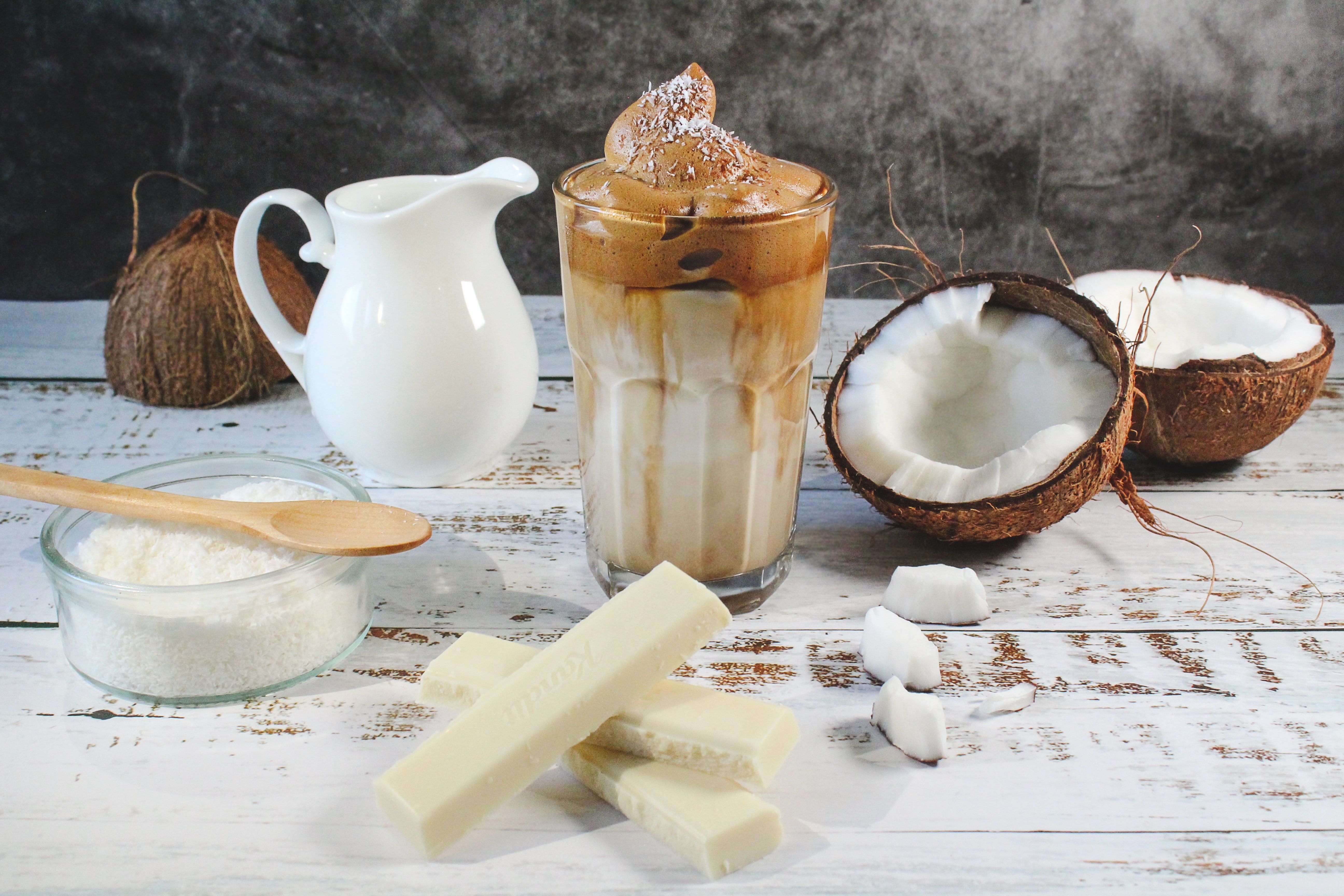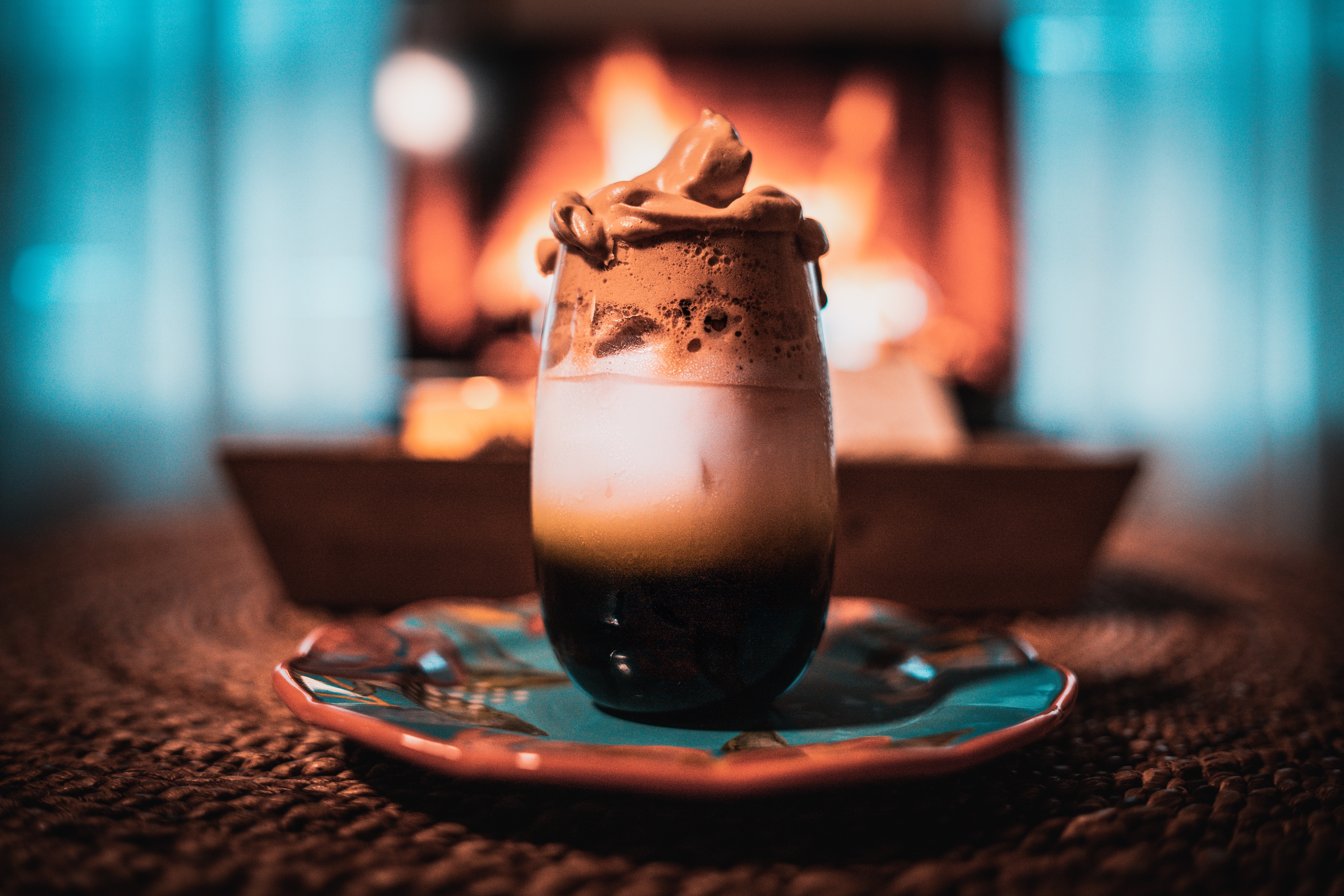With the COVID-19 outbreak in full force, many countries are facing full or partial lockdowns with strict rules to keep people off the streets. While the lockdown aims to reduce the number of human-to-human transmissions, there is a new viral outbreak that has taken the country by storm: whipping up Dalgona Coffee.
For the uninformed, you might have many questions popping up in your head. “What in the world is Dalgona Coffee?”, “What is Dalgona to begin with?”, or “Does it have anything to do with dragons?”

Some would say Dalgona Coffee is the ‘successor’ of the COVID-19 virus, since it has everyone — regardless of race, gender or nationality — partaking in this viral trend and posting it on their social media pages. The drink originates from Korea and gets the name from the Korean street snack Dalgona. It is also known as “honeycomb toffee” and is essentially a hard candy made of caramelised sugar.
However, Dalgona Coffee got its name not because the candy is found in the coffee, but from the beautiful light brown hue that steals the spotlight of the entire drink.
The recipe is usually split into two parts; with the main bulk and action being the mixing of an equal ratio of instant coffee granules, white sugar, and hot water (I use two tablespoons each). The aim is to ‘whip’ the mixture, aerating it and allowing it to turn from a dark muddy-brown liquid into a fluffy and foamy, tanned-looking cream.
As for the equipment used for whipping. it’s totally up to you! A quick search using the #DalgonaCoffee hashtag on Instagram will show netizens using all sort of equipment, from KitchenAid mixers to stainless steel whisks and even a good ol’ metal spoon — just to kill time and slip in an arm workout while preparing the drink.
Once that is done, all that’s left to do is to dollop the whipped coffee foam onto a glass filled with fresh milk and ice cubes. Voila! The drink is now ready for the ‘gram and your taste buds.
But what is so special about Dalgona Coffee that made it such a viral trend? I believe it lies in how Dalgona coffee is a tasty treat that helps to kill boredom.
It gives a midday caffeine boost, is pretty to look at, and can be done in a jiffy, not to mention having a quick workout for the arms.
I’ve tried whipping the coffee mixture with all sorts of cooking instruments — from a metal fork, a pair of chopsticks, and a handheld electric mixer — the latter being my favourite tool.
It is definitely much harder and takes a way longer time to whip up the mixture with a fork or a pair of chopsticks, just because it does not incorporate enough air quickly. But I only did that because I was really bored at home, and I wanted to know how many times I must whip it before it is done.
Like many other bored and isolated netizens out there, creating the Dalgona Coffee has brought about a new challenge. Called the #DalgonaCoffeeChallenge, the aim is to use only a metal fork or spoon and one’s arm muscle to whip the coffee mixture up. As to the number of whips that is required, the number fluctuates from person to person, with some claiming 400 to 800 whips before the coffee mixture is ready.
The Dalgona Coffee trend has only just started, and it does not seem to end anytime soon.
I think the great thing about the drink is that it is so versatile. I can make a batch of Dalgona Coffee and ‘change’ the taste by adding powdered spices such as cinnamon or adding homemade boba. It becomes totally different and new.

Apart from adding additional ingredients, netizens have taken the drink even further by creating other variations, using instant drink powders such as matcha, chocolate, milk tea, and even Milo! Others have reimagined Dalgona Coffee not only as a drink, but as popsicles, pancakes, and even a whole cake!
Even though the whole concept of Dalgona Coffee is such an immensely popular phenomenon, the drink is usually done at home, to be consumed by friends and family and not for profit. However, if Dalgona Coffee became a commercial product and popped up as a staple item on café and restaurant menus, would it still be well received?
Since everyone knows how simple and cheap it is to make Dalgona Coffee, it wouldn’t make sense to have it on the menu and charge people $6 a cup for it.
Although Dalgona Coffee seems to be highly favoured by people from all over the world, it is ultimately still made using instant coffee granules, making it subpar when compared to coffee brewed using freshly ground beans. In an article by Tim Carman of the Washington Post, he shared that Dalgona Coffee does not give him the ‘purity of expression’ he has when drinking coffee extracted from beans. Instead, it was just a way to satisfy a sweet tooth.
Ultimately, the only way to see if Dalgona Coffee would become the next big thing, similar to how salted egg yolk chips took over Singapore and Asia about a year ago, would be to see if it is able to withstand the test of time.

Whether or not Dalgona Coffee will stay on and become a consistent trend, I personally don’t think it really matters. What’s most important is that everyone who recreates the sweet treat enjoys the process and gets a mini sense of accomplishment from finishing it. Time for me to clock in some arm exercise!














